The use of Closed Circuit Television Camera (CCTV) systems by security officers has become an important part of a comprehensive security solution and is a crime prevention tactic for many hospitals. However, if a camera is not properly positioned or is not functioning correctly, this proactive security measure is wasted.
Proper placement of a CCTV system should be based on the risks identified through security assessments and insights gained from prior security challenges. Your security team can assist with recommendations for placement and should be in charge of monitoring the system and ensuring it is operating correctly.
CCTV systems should cover the following areas:
• Public entrances and exits – Includes exterior views of all vehicular entrances and exits to the campus, and all interior and exterior views of doors, delivery points and loading docks.
• Parking areas – Includes garages and gated parking lots. This can also include garage stairwells and dimly lit areas if your cameras have backlighting.
• Waiting areas – Includes outpatient and emergency department visitor areas.
• Emergency Department – Cameras in this area can be very useful as many violent events occur here. Be mindful of HIPAA for viewing and recording, and if you are using cameras for observing patient watches, review of the CMS Conditions of Participation requirements.
• Nurses’/administration stations – Cameras can ensure everyone’s safety at all stations but they can also capture information protected by HIPAA. Work with your legal advisors to ensure the cameras, and most importantly, the recording is properly controlled.
• Pharmacy areas – In addition to CCTV monitoring, this is an area that needs special security surveillance because of the medications being stored here.
• Other areas – This could include anywhere security is posted, money is stored, special or expensive equipment is housed, public access points other than main entrances, ambulance bays or other areas that are deemed important or vulnerable.
The placement and number of CCTV cameras and their scopes of view should be properly documented and continually evaluated and updated by the security team during yearly facility assessments. Ensure cameras are in areas where the view is not obstructed and the cameras cannot be tampered with.
Bukowski is the vice president of healthcare, AlliedBarton Security Services
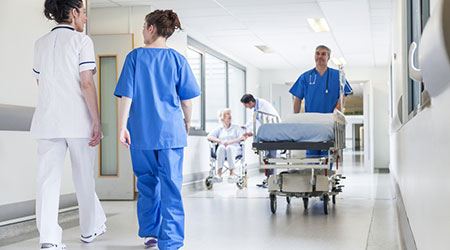
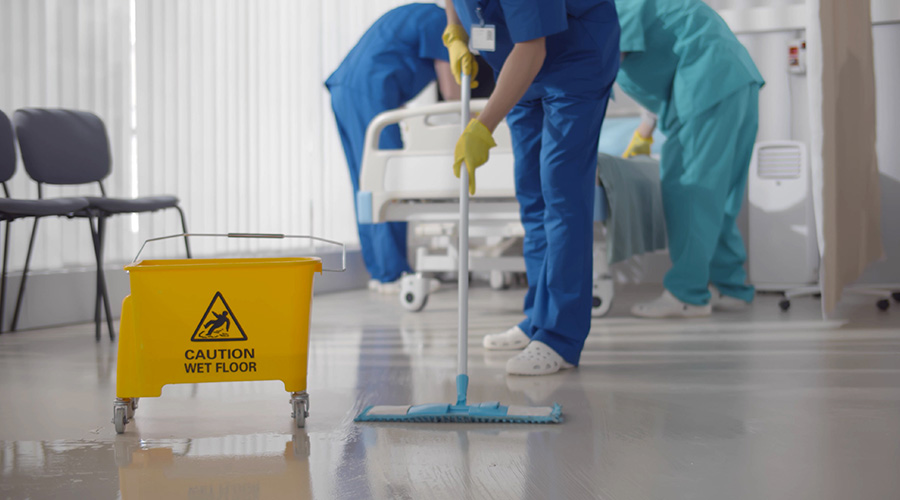 Contaminants Under Foot: A Closer Look at Patient Room Floors
Contaminants Under Foot: A Closer Look at Patient Room Floors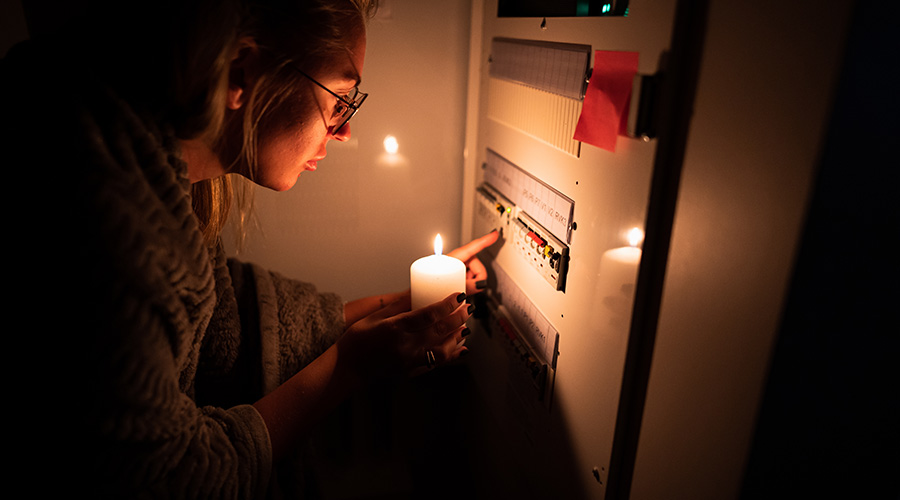 Power Outages Largely Driven by Extreme Weather Events
Power Outages Largely Driven by Extreme Weather Events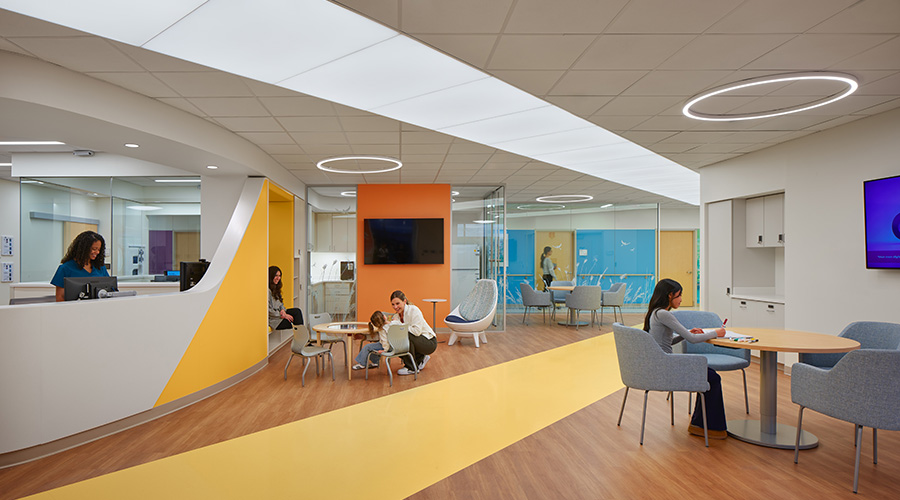 Nemours Children's Health Opens New Moseley Foundation Institute Hospital
Nemours Children's Health Opens New Moseley Foundation Institute Hospital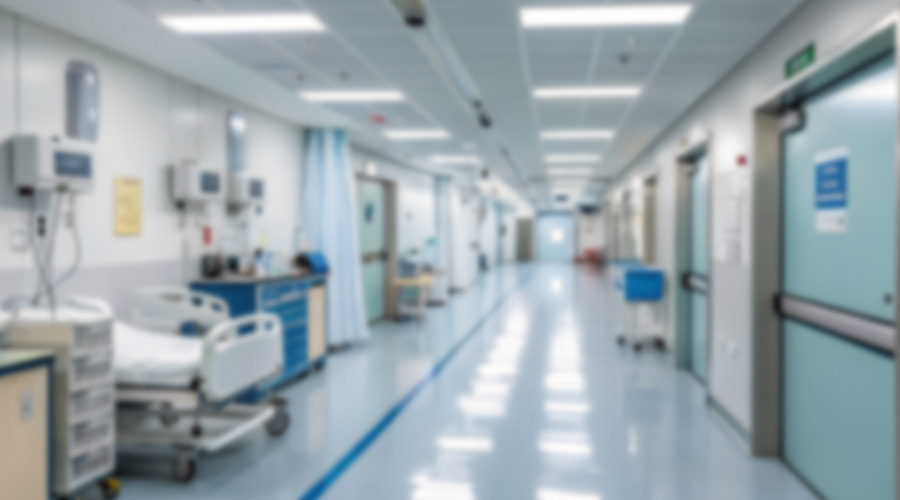 Code Compliance Isn't Enough for Healthcare Resilience
Code Compliance Isn't Enough for Healthcare Resilience Ribbon Cutting Marks First Phase Completion for New Montefiore Einstein Facility
Ribbon Cutting Marks First Phase Completion for New Montefiore Einstein Facility